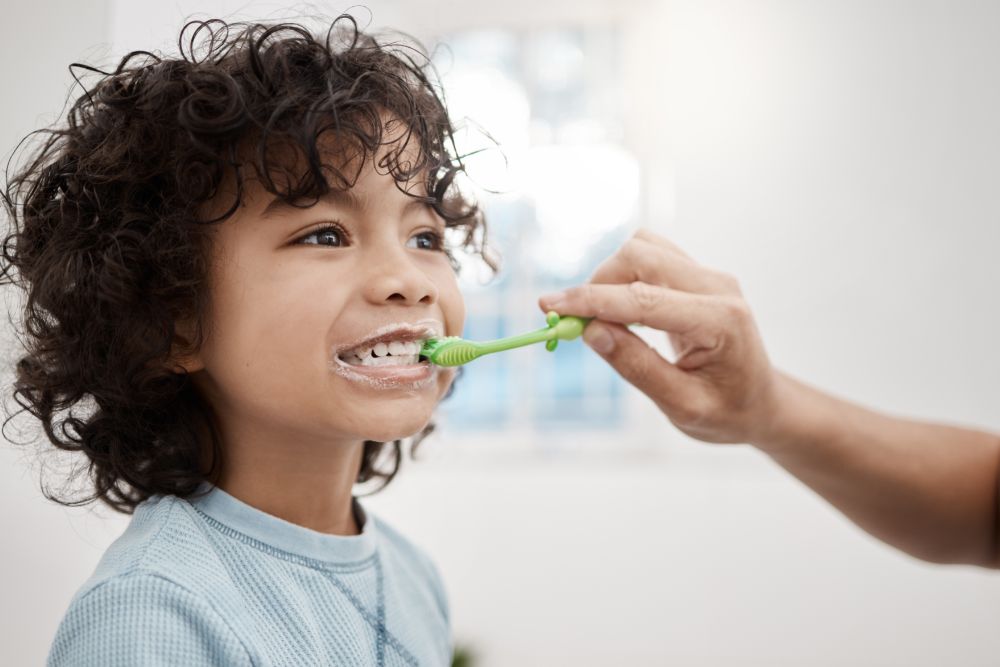We’ve all had cavities, especially when we were kids, but most of us grew up without fully understanding what a challenge it was to prevent them. It’s not easy to learn how to brush and floss correctly and over time small problems can develop into not only cavities (aka dental caries), but periodontal (gum) disease, which can lead to the loss of teeth.
Next to the common cold, cavities are the most common disease and more painful and expensive to address, especially if they actually kill a tooth, requiring it to be extracted and (ideally) replaced with a dental implant.
A cavity, as the name implies, is a hole in the enamel surface of a tooth, the hardest bone in the body, and it can penetrate the next layer, the softer dentin, until it reaches the vulnerable pulp of the tooth. It then might even kill the root of the tooth, which is very painful and the infection would have to be cleaned out.
Aside from a severe toothache, other symptoms that a cavity may be growing (they can be invisible at first) would be tooth sensitivity (especially if you drink or eat something hot or cold), pain when chewing, black, brown or white stains, and a dry mouth (saliva plays an important role in preventing cavities).
Cavities are the end result of bacteria in the mouth adhering to food particles, which becomes a sticky film called plaque that emits an acid that eats into teeth. Fortunately, there are many ways to prevent this:
- You should use a soft-bristled brush and fluoride toothpaste, then brush the front, back, and chewing surface of each tooth, stroking from the gum line to the top of the tooth for two minutes twice a day. It’s best right after breakfast so you don’t go all day without cleaning, then after dinner, and finally floss before you go to sleep. It’s important to move the floss to a new section each time you clean between two teeth so that the bacteria are not being transferred from one area to another.
- A dental hygienist has tools and techniques that can do a much better job that anyone for themselves in cleaning all the hard-to-reach areas, and she can even remove plaque when it has hardened into what is known as tartar. Be sure to have this professional cleaning at least twice a year.
- Have a full dental exam twice a year and a digital x-ray of your mouth once a year so your dentist can assess whether the teeth and jawbone are healthy beyond what the eye can see.
- Eat a diet rich in protein, healthy fats, and complex carbohydrates like vegetables, whole grains, seeds, beans, and legumes (like peas). Sugar and refined flour (including bread, pasta, and pizza) are simple carbs on which oral bacteria love to feast.
- Drink plenty of water and chew sugarless gum, which will stimulate the production of saliva.
If you have not had a dental exam in quite a while, don’t wait to set an appointment by calling Pro Health Dental today.


